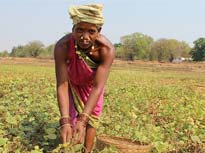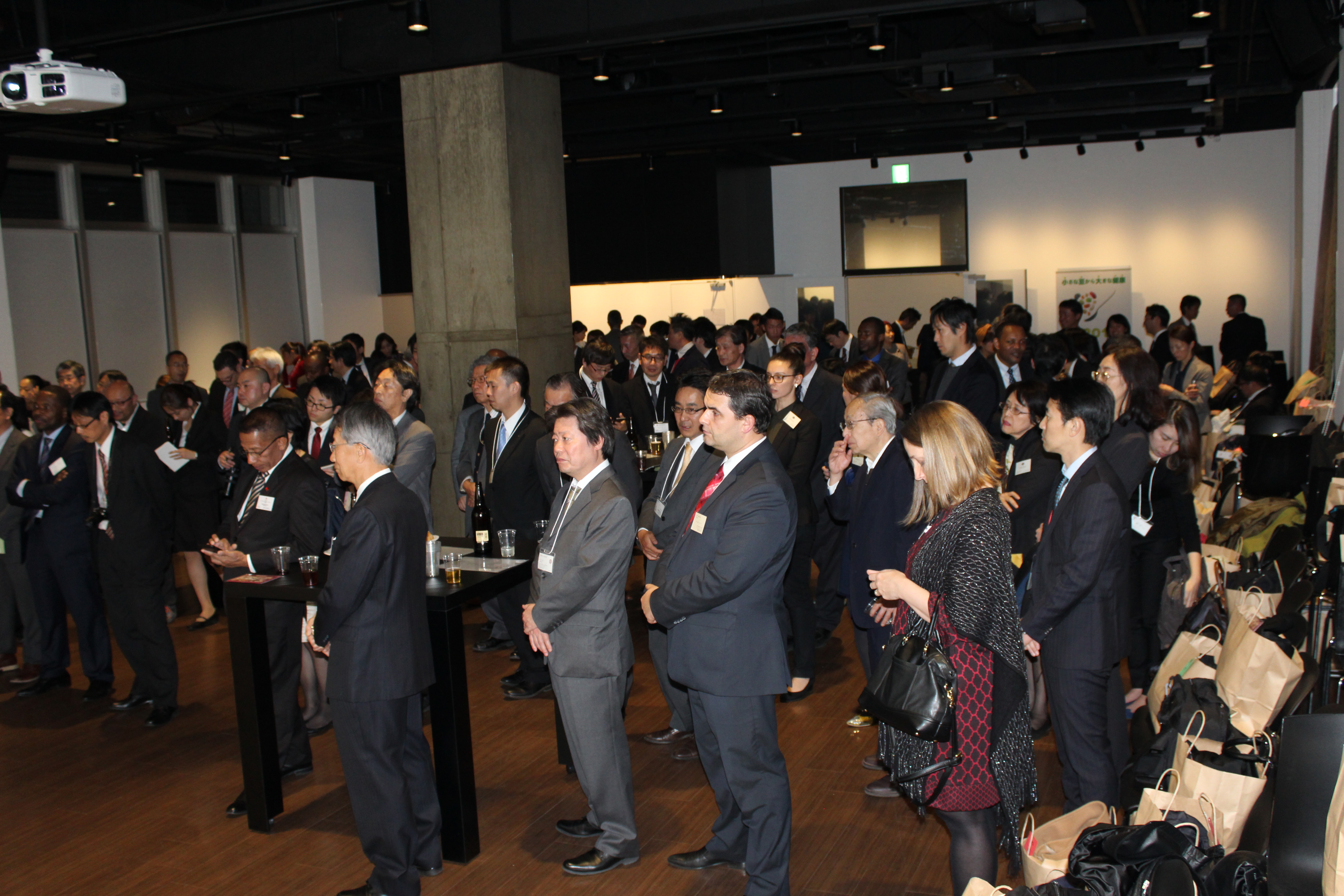- Details

This article originally appeared on icarda.org.
Urmila Pujari belongs to the Bhumia tribe of eastern state of Orissa in India, a culturally rich and one of the largest tribes in India. The tribe practices agriculture as its primary occupation, with very few farmers cultivating pulses (food legumes). Urmila’s village of Bhejaguda is one the 28 tribal villages that has been brought into the folds of ‘Pulses Panchayat’, a bold and innovative movement that aims to revolutionize India’s pulses production.
- Details

The event saw 15 country Embassies in attendance, including Ambassadors and Counselors, Pulse makers, Pulse farmers, food bloggers and food instagramers.
They enjoyed 27 dishes and 16 dishes were made from Pulses.
- Details
This post was written by Brian Clancy, Editor at STAT
The International Year of Pulses (IYP) has finished, but the work of promoting and further developing pulse markets continues.
With this in mind, the latest edition in the Export Essential series is freely available to all industry participants. It is a compilation of current statistics on export trade and supply-demand for a wide range of pulses and other crops. Most of the data is for Canada, the United States, and Australia. But, there is also selected trade data for other countries and global summaries.
Efforts to promote pulses started while the Global Pulses Confederation was making its proposal to have the United Nations declare an International Year of Pulses. When that happened in 2014, an enormous amount of work was poured into making 2016 a global success. In no small way, pre-IYP efforts by the industry went a long way to encouraging food manufacturers to increase the number of products which contain pulses. There was close collaboration between some national association and companies with major food manufacturers to help them understand the role of pulses in foods. New products are not developed over night. The wide range announced in the past year would not have occurred without those pre-IYP efforts. The work will continue post-IYP.
Download the STAT Export Essentials Issue - December 2016 (811 KB)
- Details
Esther Njuguna-Mungai,
Gender Research Scientist, CGIAR Research Program on Grain Legumes
The 2016 International Year of Pulses has brought global attention to the important roles that pulses play in food, environment, and livelihood systems around the world. Smallholder farmers grow a significant portion of pulse crops and 67% of global pulse production happens in Africa and Asia. Through different value chains, pulses are moved from areas of production to areas of consumption around the globe.
